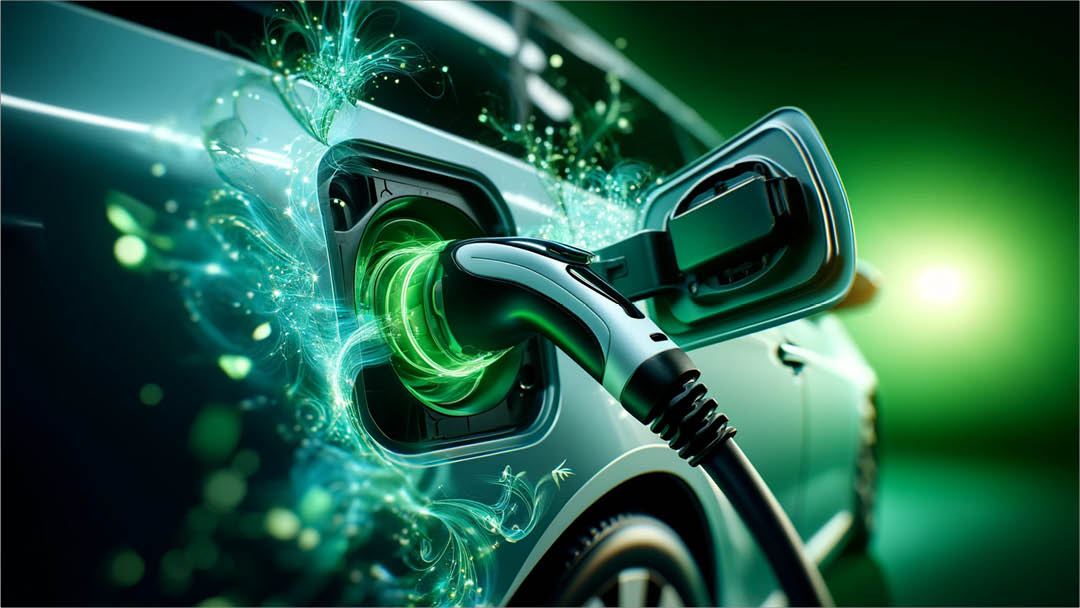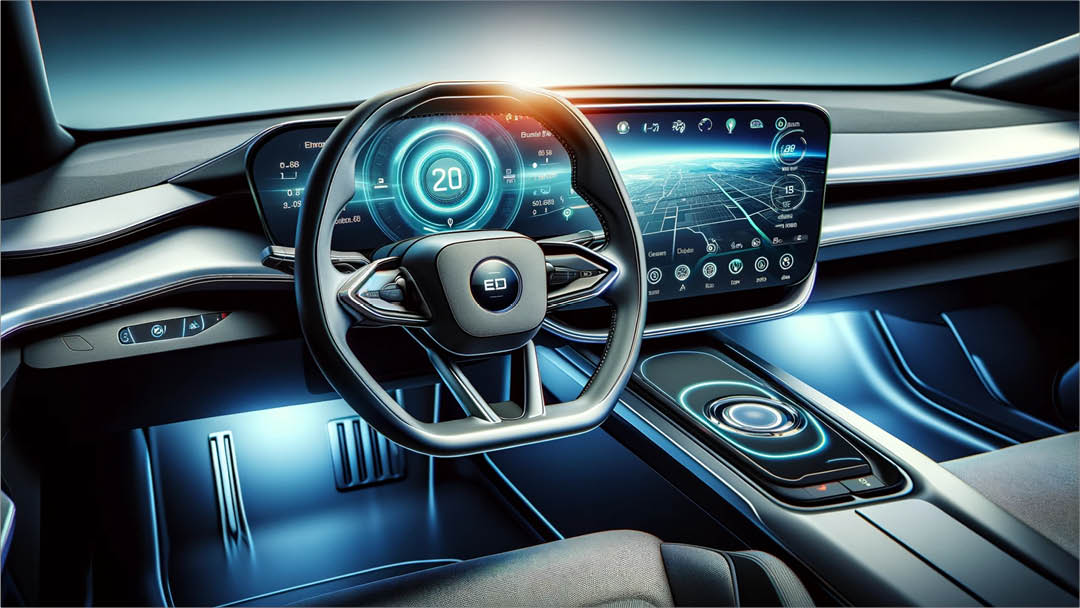In Brief
- Functional Safety (FuSa) is a systematic engineering process that ensures the safety of complex electronic systems in electric vehicles (EVs).
- The ISO 26262 standard guides the development and assessment of safety-critical EV components to minimize risk and prevent hazardous events.
- Acsia Technologies’ FuSa expertise helps EV manufacturers navigate complex safety requirements and build robust, reliable software systems.
Electric vehicles (EVs) are redefining the automotive landscape, offering a greener and more technologically advanced alternative to traditional combustion engines. However, their reliance on sophisticated electronic systems, including battery management, motor control, and advanced driver-assistance systems (ADAS), introduces a new layer of complexity when it comes to safety.
Ensuring Safety through Functional Safety (FuSa)
As an automotive technical architect, I understand the paramount importance of safety in vehicle design. Functional Safety (FuSa) is the cornerstone of ensuring that safety-critical systems in EVs operate reliably and predictably, even in the face of potential malfunctions or failures. It’s a systematic engineering process that identifies, analyses, and mitigates risks throughout the entire lifecycle of a product, from concept to deployment and beyond.
The ISO 26262 standard serves as the guiding framework for FuSa in the automotive industry. It provides a structured approach to assessing risks, defining safety goals, designing safety mechanisms, and verifying their effectiveness. By adhering to ISO 26262, EV manufacturers can demonstrate that their vehicles meet the highest safety standards, instilling confidence in consumers and regulatory bodies.
The FuSa Process: A Technical Overview
The FuSa process is a multi-faceted endeavour that encompasses the following key stages:
- Hazard Analysis and Risk Assessment (HARA): A systematic identification and analysis of potential hazards that could arise from the operation of the EV, along with an assessment of the associated risks. This involves considering factors such as the severity of potential harm, the probability of occurrence, and the controllability of the hazard.
- Safety Concept Development: This step involves defining the safety goals, functions, and requirements for the EV’s systems based on the HARA results. It includes identifying safety mechanisms like redundancy, fault detection, and fail-safe modes to mitigate the identified risks.
- Safety Architecture Design: The safety concept is translated into a technical architecture that specifies the hardware and software components, their interactions, and the safety mechanisms to be implemented. This involves designing fault-tolerant architectures, selecting appropriate safety components, and defining diagnostic coverage.
- Safety Verification and Validation: Rigorous testing and analysis are conducted to verify that the implemented safety mechanisms are effective, and that the overall system meets the specified safety goals. This includes activities like fault injection testing, simulation, and functional testing.
Acsia: Your Partner in Functional Safety
At Acsia Technologies, we have a team of seasoned FuSa experts with a deep understanding of ISO 26262 and extensive experience in developing safety-critical software for the automotive industry. We offer a comprehensive range of FuSa services, including:
- FuSa Consulting and Gap Analysis: We assess your existing development processes and identify areas for improvement to ensure compliance with ISO 26262.
- HARA and Safety Concept Development: We assist in identifying potential hazards, assessing risks, and developing robust safety concepts tailored to your specific EV design.
- Safety Architecture Design and Implementation: We design and implement safety-critical software architectures that meet the stringent requirements of ISO 26262.
- Safety Verification and Validation: We conduct thorough testing and analysis to verify and validate the safety of your EV software, ensuring it meets the highest safety standards.
- Toolchain and Process Support: We provide comprehensive support for FuSa-related tools and processes, including training, integration, and customization.
Ensuring Safe and Reliable E-Mobility
Functional safety is not just a regulatory requirement; it’s a moral imperative for the e-mobility industry. By partnering with Acsia Technologies, you can ensure that your EV software is developed with safety as a top priority, protecting passengers and building trust in the electric vehicle revolution.
Prioritize safety in your e-mobility projects. Contact Acsia Technologies today to learn more about our comprehensive FuSa services and how we can help you build safer, more reliable electric vehicles.










